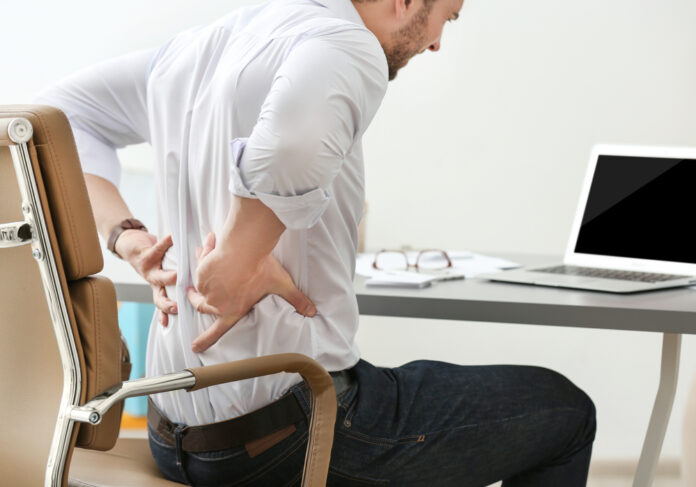
Sometimes it’s easy to pinpoint why your back is hurting. You might have lifted with your back and not your legs, or you twisted the wrong way and tweaked something. Nevertheless, back pain and injury can affect our lives tremendously. Some of the top causes of back injury are discussed below, as well as how to take care of your back in the long run.
Herniated Disk
A herniated disk usually causes pain in the lower back. This issue can also cause pain to radiate down the legs, typically into one of your buttock’s muscles.
One common cause of a herniated disk is a physical injury that strains or ruptures the outer layer of a spinal disc. This is called an extrusion.
Spinal discs are soft, gel-like cushions that sit between each vertebra in your spine and act as shock absorbers for your spine. They help to absorb shock from everyday activities like walking and running, as well as from accidents and falls.
As you age, spinal discs lose some of their water content and elasticity (the ability to change shape). This process starts in your 30s and continues into your 60s or 70s. As this happens, the outer layer of your spinal disc weakens and tears easily if it gets injured by bending or lifting something heavy — like a toddler or pet — or by twisting awkwardly while standing up straight with heavy objects in both hands (such as grocery bags).
Compression Fracture
A compression fracture is a common injury that occurs when the spine’s vertebrae are damaged. The vertebrae are the bones that make up the spine; they are separated by soft tissue called disks.
The disks act as shock absorbers between each vertebra and help prevent bone from rubbing bone. When a person experiences a compression fracture, the vertebral body has been damaged enough to cause some of those disks to collapse or herniate. This creates pressure on the spinal cord, nerves, and other tissues in the back.
Compression fractures can occur anywhere along the spine but are most common in older people due to osteoporosis (thinning bones) or osteoarthritis (degenerative changes). They can also happen if someone has had previous spinal surgeries, falls downstairs, or is involved in an accident where there is a significant impact on their back.
Facet Joint Damage
Facet joints are small joints that connect the vertebrae to each other. They provide stability for your spine and are located on the back of each vertebra. Facet joint damage occurs when there is a breakdown of the cartilage between two vertebrae. This causes inflammation, which leads to pain and stiffness in your lower back.
The most common cause of facet joint damage is osteoarthritis (OA), which is a degenerative joint disease that affects older adults. Other causes include herniated discs, spinal stenosis, and trauma or injury to your back.
The symptoms of facet joint damage can vary depending on what’s causing them. For example, if you have OA, you might experience pain in your lower back that gets worse when you bend over or sit for long periods of time. If you have spinal stenosis, you might only feel pain when standing up or bending forward at the waist while holding something heavy in front of you (like groceries).
Summary
These are just three common causes of lower back injury, and all can cause severe pain, especially if you don’t take the time to let the injuries heal. Talk with your doctor about your lower back pain, and remember to take it easy when you feel pain starting to bother you.
https://my.clevelandclinic.org/health/diseases/12768-herniated-disk
https://www.spine-health.com/conditions/osteoporosis/when-back-pain-a-spine-compression-fracture
https://www.spine-health.com/conditions/arthritis/facet-joint-disorders-and-back-pain



















